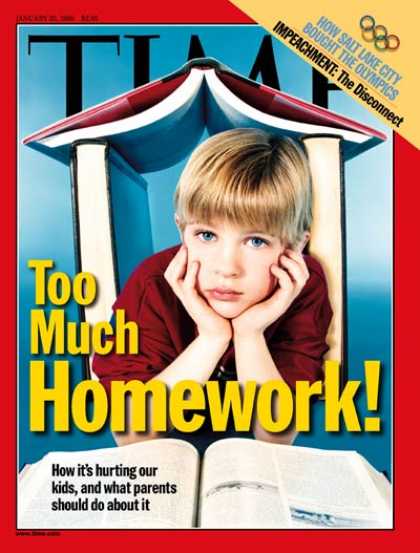
A child with Asperger’s syndrome typically has impaired executive function and has difficulty switching attention from one task to another. The child often requires closure with one activity before beginning another. A teacher will need to begin developing a routine of reminders of when an activity will be winding down. Verbal reminders, a timer, and breaking down activities to smaller tasks assist the child in finishing the activity within the natural time frames. It is important for the child to understand the need to finish up and move on to the next task, it is also important to remain flexible if the child is nearing a natural completion of the task.
What is Executive Function?
Executive Function is a psychological term that includes the following:
* Organizational and planning abilities
* Working memory
* Inhibition and impulse control
* Self-reflection and self-monitoring
* Time management and prioritizing
* Understanding complex or abstract concepts
* Using new strategies
A child or adult with a diagnosis of Asperger’s has an impaired Executive Function. Often their abilities to respond as a typical person of their age group would begin to become noticeable in early school years. Parents should kindly instruct the teacher as to what the child needs in order to transition from one task to another, begin a communication book for the teacher, the child and parent, ask for copies of class notes to be given to the student instead of being expected to copy from the board or overhead, and other individual needs the child requires for success.
Developing a Routine that Works for Your Child
A child with a diagnosis of autism has difficulty dealing with changes in their lives. The changes do not have to be large or unexpected events to cause disruption in the child’s life. Even the smallest change can cause the child to feel stress and act out. You can prevent this additional stress in the child’s life by developing routines, charts, and being consistent.
* Make a routine or schedule that everyone can understand and follow. The most important person that needs to understand the schedule is the child diagnosed with autism. This schedule needs to be easy to follow and posted where they can see it on a regular basis. Use simple directions, words and pictures depending on your child’s skill level.
* Rewards for overcoming negative behaviors can be tracked on a token chart. Each time the child goes a specific time period without exhibiting the behavior the child receives a token. The tokens are turned in on a regular basis for a reward. The reward may be time to play their favorite game, a favorite treat, or an outing they enjoy.
Remember that a child with autism does not do well with change; remaining consistent with whatever method you use in establishing a routine with your child will reduce the amount of stress your child feels.
What is Executive Function?
Executive Function is a psychological term that includes the following:
* Organizational and planning abilities
* Working memory
* Inhibition and impulse control
* Self-reflection and self-monitoring
* Time management and prioritizing
* Understanding complex or abstract concepts
* Using new strategies
A child or adult with a diagnosis of Asperger’s has an impaired Executive Function. Often their abilities to respond as a typical person of their age group would begin to become noticeable in early school years. Parents should kindly instruct the teacher as to what the child needs in order to transition from one task to another, begin a communication book for the teacher, the child and parent, ask for copies of class notes to be given to the student instead of being expected to copy from the board or overhead, and other individual needs the child requires for success.
Developing a Routine that Works for Your Child
A child with a diagnosis of autism has difficulty dealing with changes in their lives. The changes do not have to be large or unexpected events to cause disruption in the child’s life. Even the smallest change can cause the child to feel stress and act out. You can prevent this additional stress in the child’s life by developing routines, charts, and being consistent.
* Make a routine or schedule that everyone can understand and follow. The most important person that needs to understand the schedule is the child diagnosed with autism. This schedule needs to be easy to follow and posted where they can see it on a regular basis. Use simple directions, words and pictures depending on your child’s skill level.
* Rewards for overcoming negative behaviors can be tracked on a token chart. Each time the child goes a specific time period without exhibiting the behavior the child receives a token. The tokens are turned in on a regular basis for a reward. The reward may be time to play their favorite game, a favorite treat, or an outing they enjoy.
Remember that a child with autism does not do well with change; remaining consistent with whatever method you use in establishing a routine with your child will reduce the amount of stress your child feels.




